Buy Cape York Iron Meteorite 281.5g
$2,100.00 Original price was: $2,100.00.$1,000.00Current price is: $1,000.00.
Specimen Type: Iron, IIIAB
Approximate Measurement: 100mm x 80mm x 2mm
Additional Information: Cape York is a beautiful, stable, and now difficult to find iron. This slice has 2 big troilite inclusions. One looks like golden lips. etched and stabilize.
Cape York Iron Meteorite 281.5g
The Cape York Iron meteorite was discovered by the Inuit in Greenland in the late 19th century and is estimated to be about 10,000 years old. The meteorite consists of several large masses that were known to the Inuit as saviksue, meaning “great iron.” Expeditions to find the source of the iron were launched between 1818 and 1883 by Britain, Sweden, and Denmark, all of which failed. However, in 1894 a Western explorer, Robert E. Peary of the U.S. Navy, finally reached the meteorite in Saviksoah Island with the help of a local Inuit guide. Peary spent three years planning and executing the removal of the giant meteorite, which included the building of a short railroad. His removal of the meteorite and treatment of the Inuit garnered criticism; nonetheless, he sold the two pieces to the American Museum of Natural History in New York City for $40,000 (equivalent to nearly $1.5 million in 2024).
Ahnighito, the second-heaviest meteorite to have been relocated, is so heavy that it was necessary to build a display stand with supports that reached directly into the bedrock below the museum.
Made mostly of iron, nickel and cobalt, Cape York was used as a source of iron to forge tools and weapons. In 1897, the American Museum of Natural History purchased the meteorite from the Inuit people and transported it to New York in the United States. The meteorite was subsequently cut into several large pieces, some of which are on display at the American Museum of Natural History, while others are housed in museums and private
collections around the world.
Be the first to review “Buy Cape York Iron Meteorite 281.5g” Cancel reply
Related products
IRON METEORITES
IRON METEORITES
IRON METEORITES
IRON METEORITES
IRON METEORITES
IRON METEORITES
IRON METEORITES
IRON METEORITES
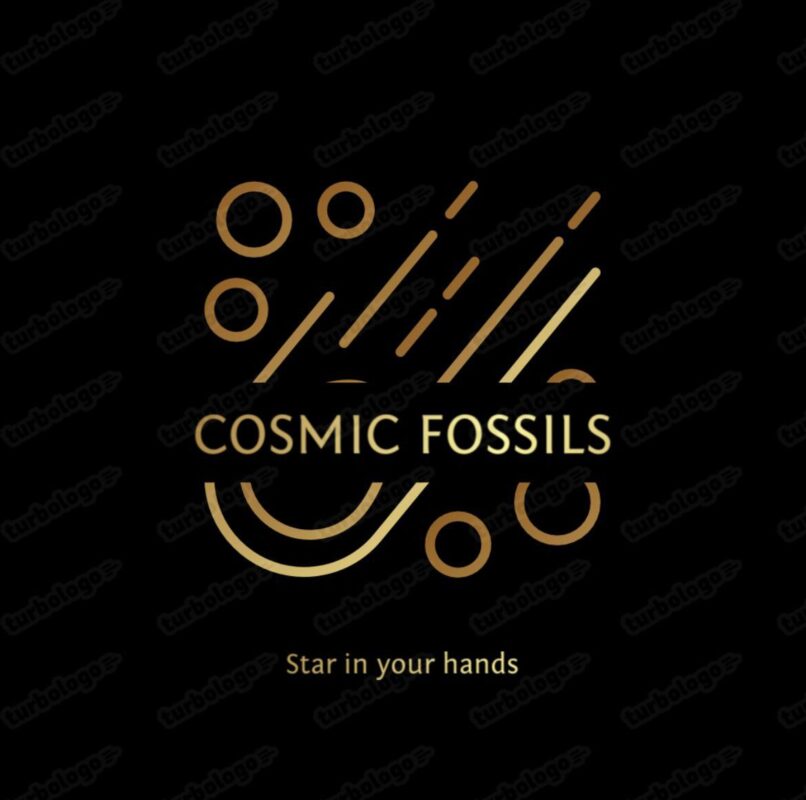
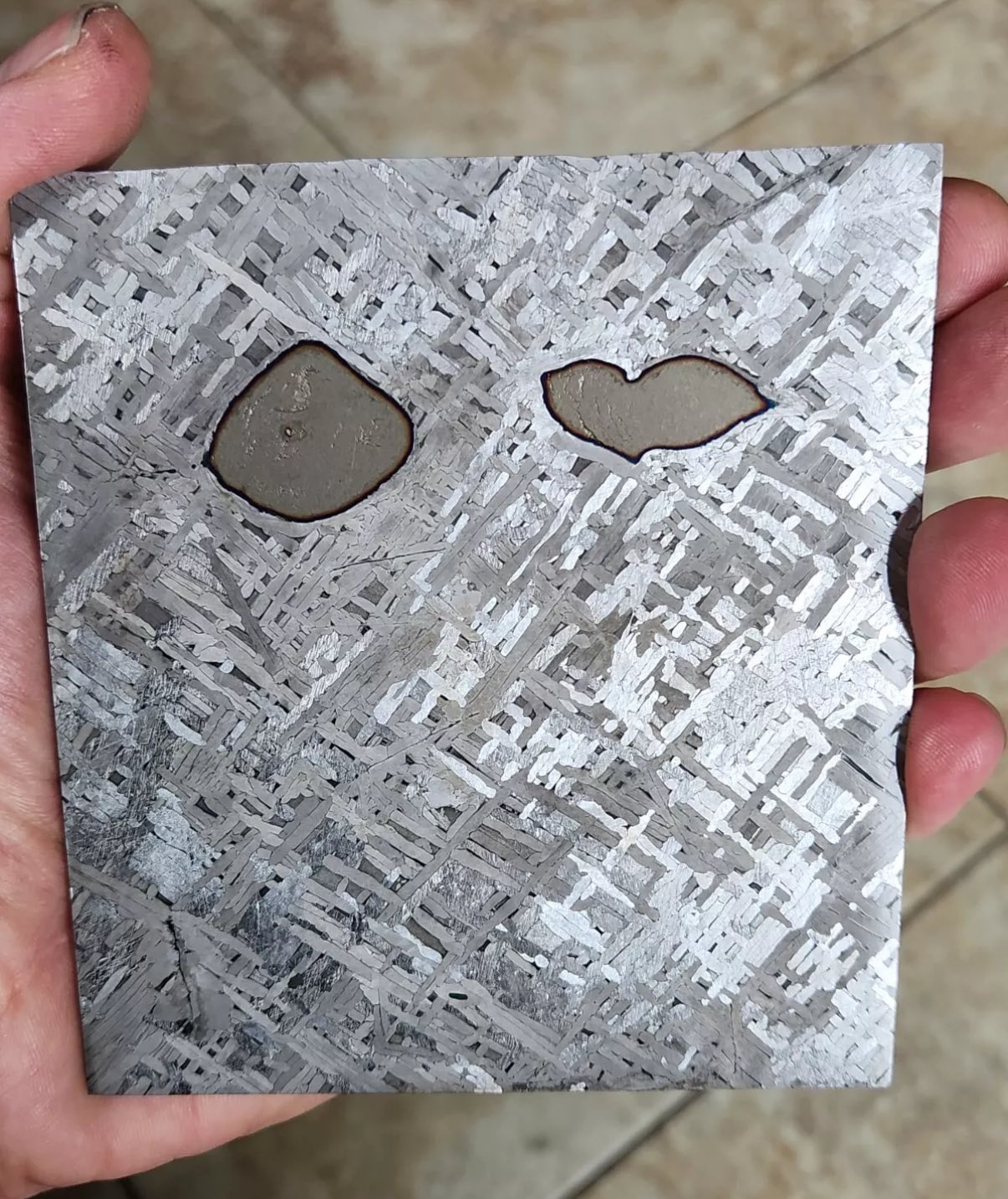

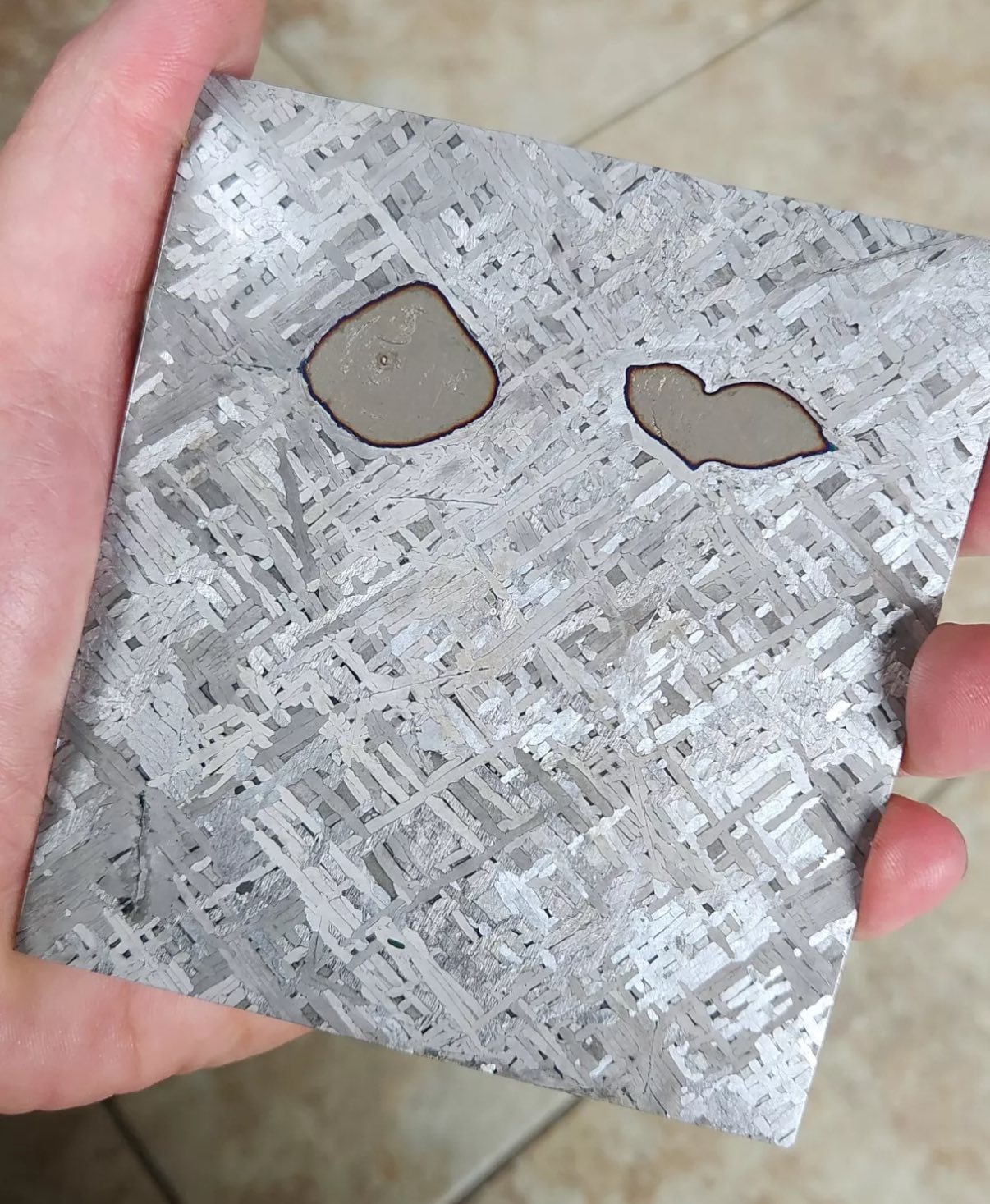
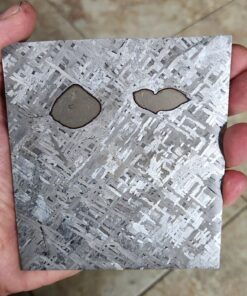
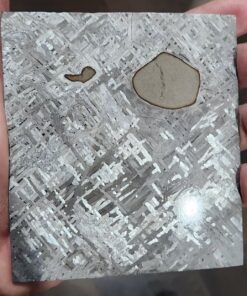
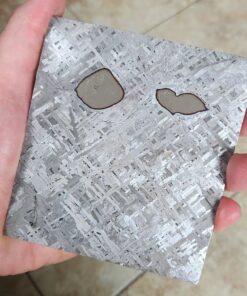


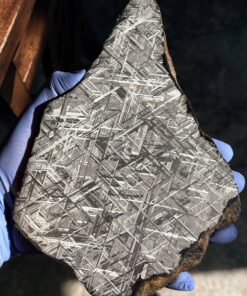
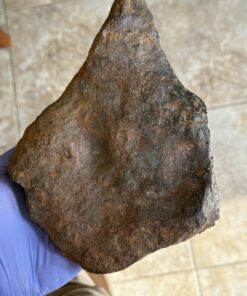
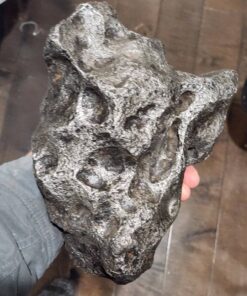

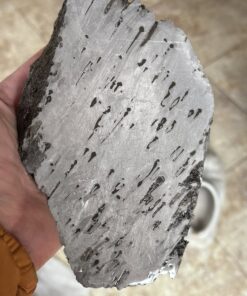
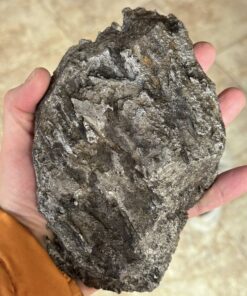

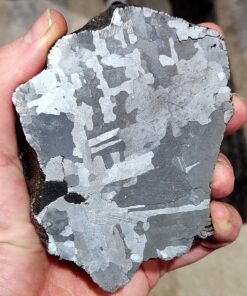
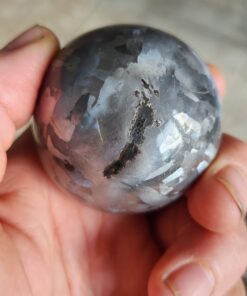
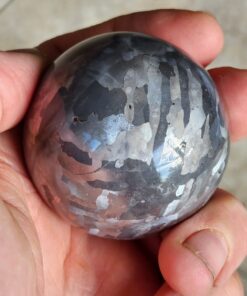
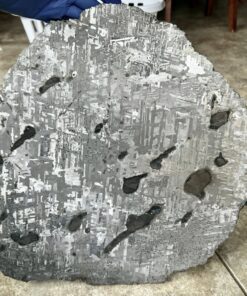


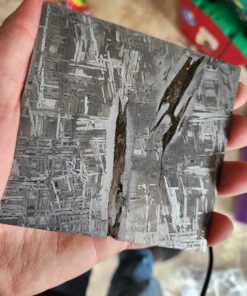
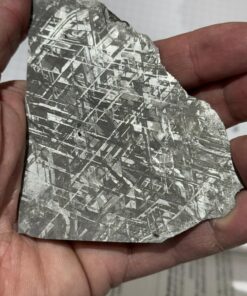
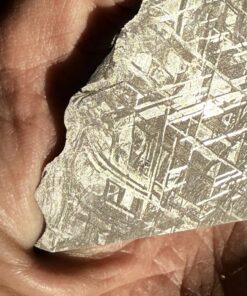
Reviews
There are no reviews yet.